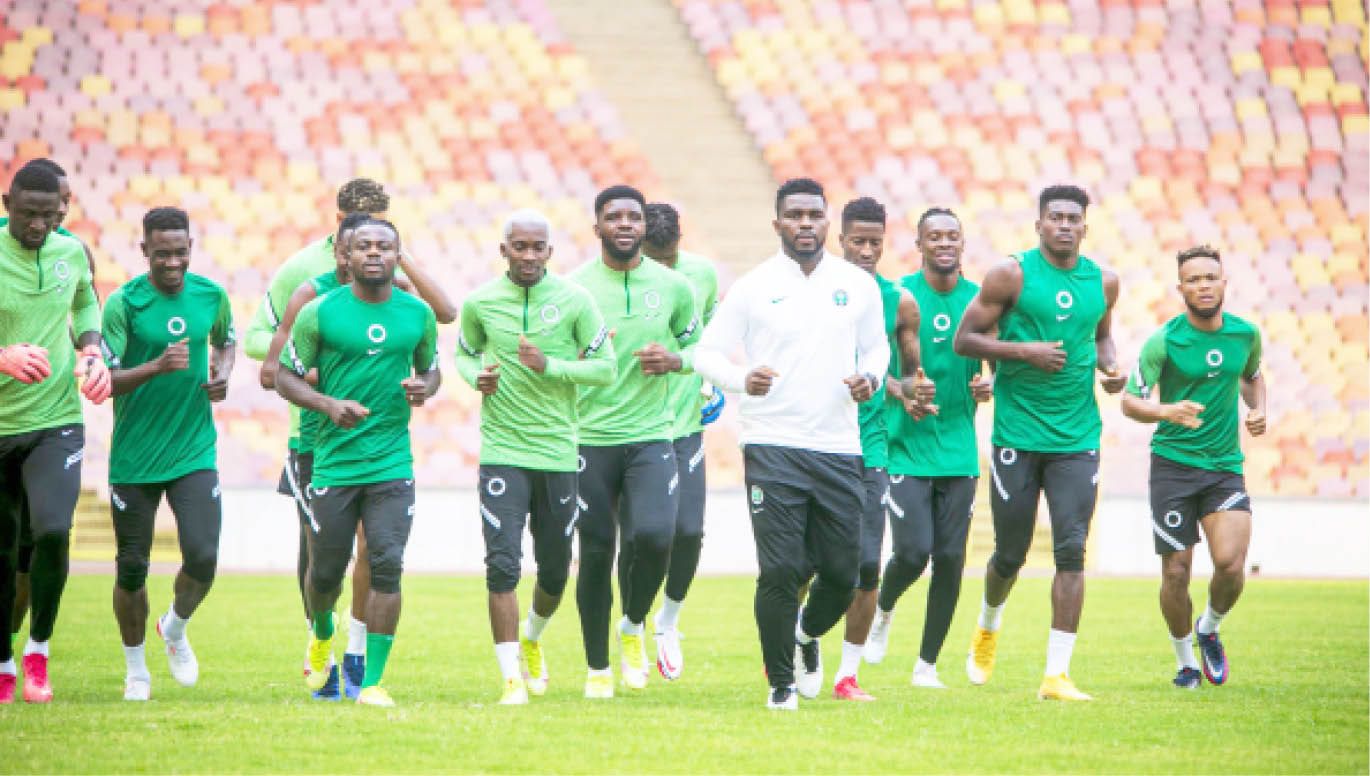
Lagos Blue Line Hits 5 Million Passengers in Two Years as Sanwo-Olu Announces 50% Fare Slash

When Governor Babajide Sanwo-Olu inaugurated the Lagos Blue Line on September 4, 2023, few could have imagined how swiftly it would transform the rhythm of Africa’s most congested megacity. In just two years, the electric-powered metro line has transported more than five million passengers, a staggering leap from the modest 583,000 commuters reported in its first four months of operation.
For a city where traffic jams are measured in hours rather than minutes, the Blue Line has become both a lifeline and a statement of intent that Lagos is serious about modern transport.
To mark the rail’s two-year anniversary, Governor Sanwo-Olu has announced a sweeping 50% fare reduction effective September 4, 2025, a move that immediately ignited excitement across the metropolis.
The subsidy is more than just political theatre—it aligns Lagos with a global trend where fare reductions directly spur public transit adoption. A 2018 study by the American Public Transportation Association showed ridership spikes of between 20% and 30% in cities that offered fare cuts, underscoring how affordability can turn hesitant citizens into loyal commuters. With fuel prices soaring and road congestion worsening, Lagosians are likely to seize the discount with both hands.
The success of the Blue Line has not come without scars from its long and tortured birth. Originally envisioned for completion in 2011, the project stalled repeatedly as funding evaporated and successive administrations battled competing priorities. For years, critics mocked it as a white elephant, a shiny dream that would never leave the drawing board. Yet its eventual delivery, under the oversight of the Lagos Metropolitan Area Transport Authority (LAMATA), stands as proof that even Nigeria’s most ambitious infrastructure projects can claw their way back from near-abandonment. The injection of private sector participation played a decisive role in breaking the cycle of delays, showing a model of resilience that may chart the future for other megacity-scale ventures.
Now, as the trains glide from Marina to Mile 2, ferrying thousands daily above the choking gridlock of Lagos roads, the project’s impact is impossible to ignore. Office workers, market traders, and students who once endured endless hours in traffic have embraced the predictability of a system that runs on schedule. The five million passenger milestone in just two years is not only a statistic but a sign of the pent-up demand Lagos residents have long harbored for efficient mass transit.
Yet, the Blue Line is more than transport—it is a social equalizer. By halving fares, the state has effectively democratized access, ensuring that low-income earners are not priced out of the modern convenience. For many, the decision feels like a government finally acknowledging the brutal economic weight borne by ordinary Lagosians in a city where inflation, fuel hikes, and stagnant wages often conspire to crush households. It is also a bold gamble: lower fares must be matched by sustainable funding if the line is to avoid the fate of under-maintained projects that collapse under financial strain.
Looking ahead, the challenge will be expansion. The Blue Line is only one piece of a larger metro masterplan intended to reshape Lagos mobility, but completion of subsequent phases remains uncertain. If the resilience displayed in this project is sustained, Lagos could emerge with a transport system that rivals those in some of the world’s largest cities. For now, though, Sanwo-Olu’s government has delivered both a milestone and a message—that in the face of chronic gridlock, bold infrastructure remains the surest path to freedom of movement in Africa’s busiest city.
As Lagosians celebrate their trains and prepare for cheaper rides, the Blue Line is no longer just a promise. It has become a lived reality, one measured not in grand speeches or political slogans but in the quiet relief of millions who now arrive at work, school, and home without being trapped for hours in the city’s infamous traffic.


